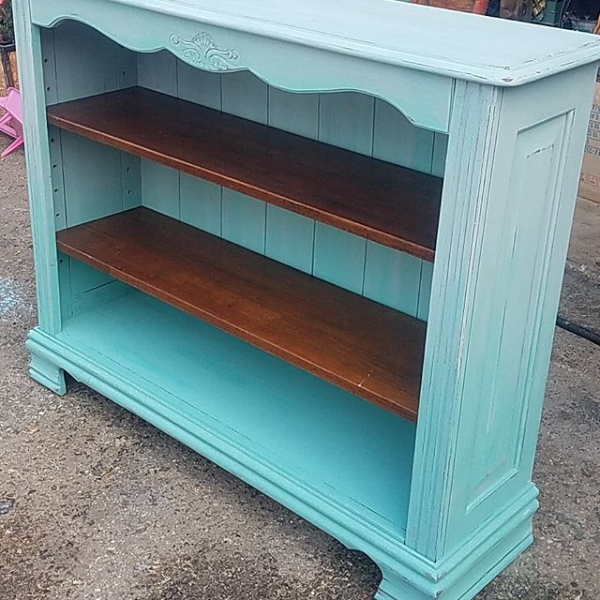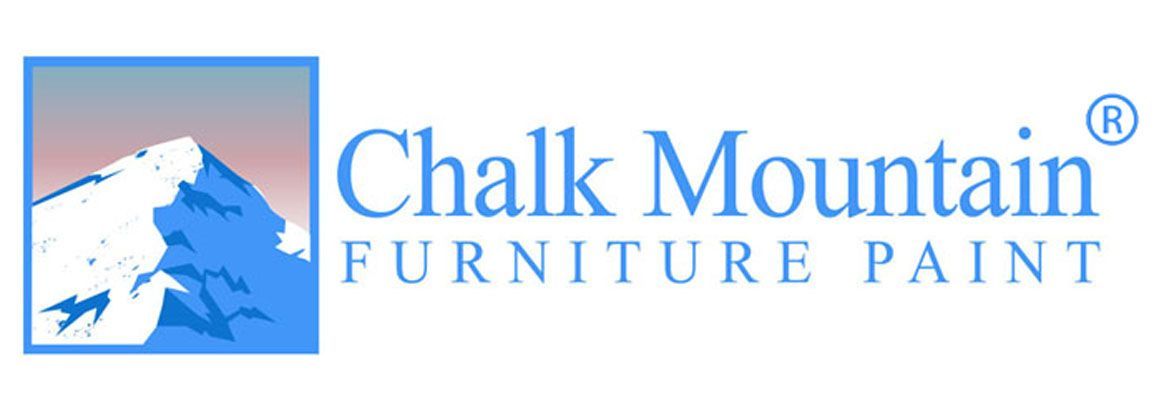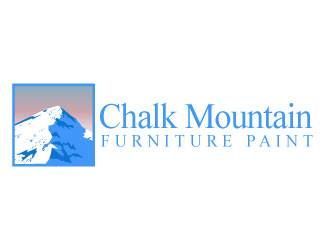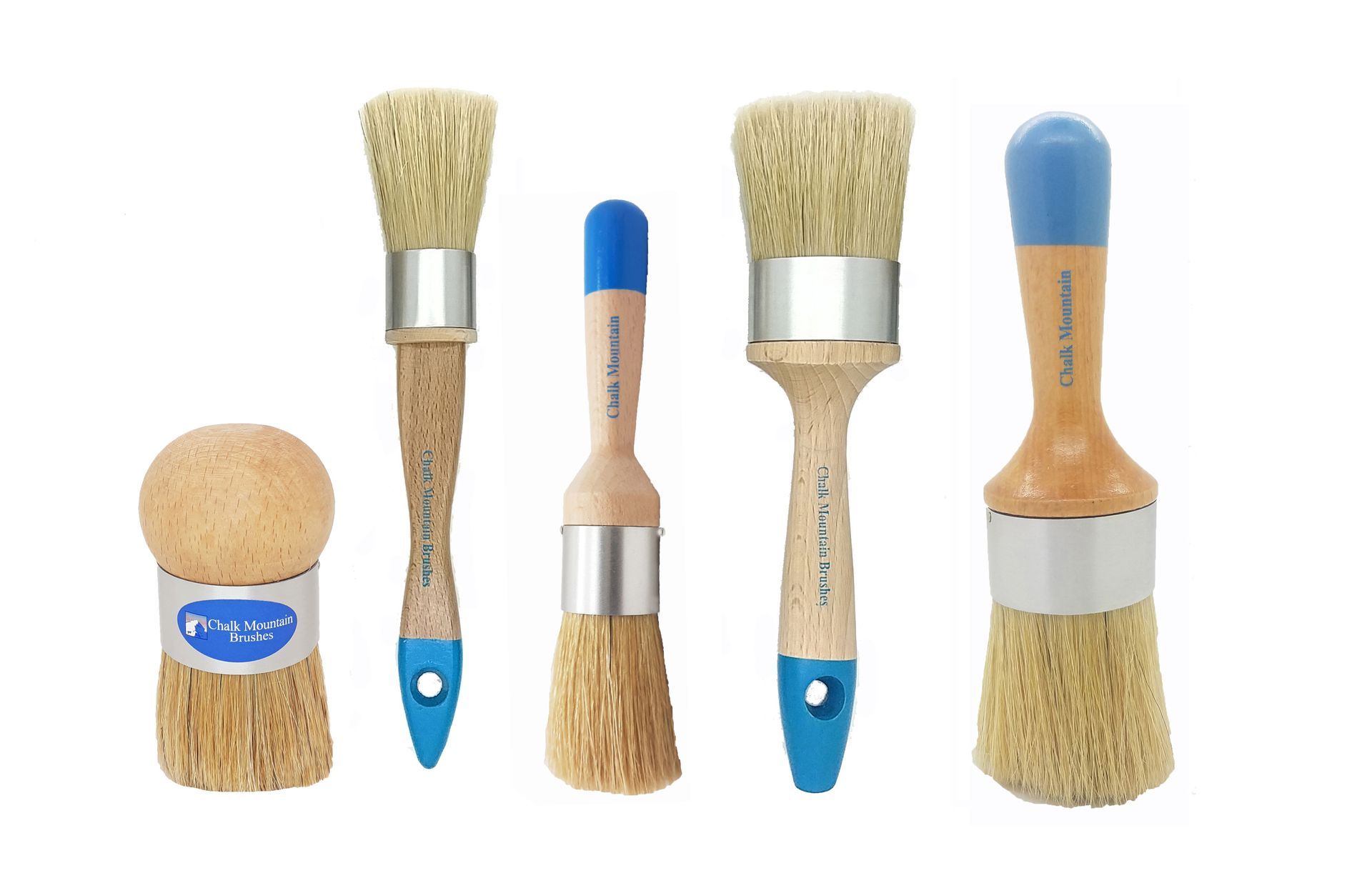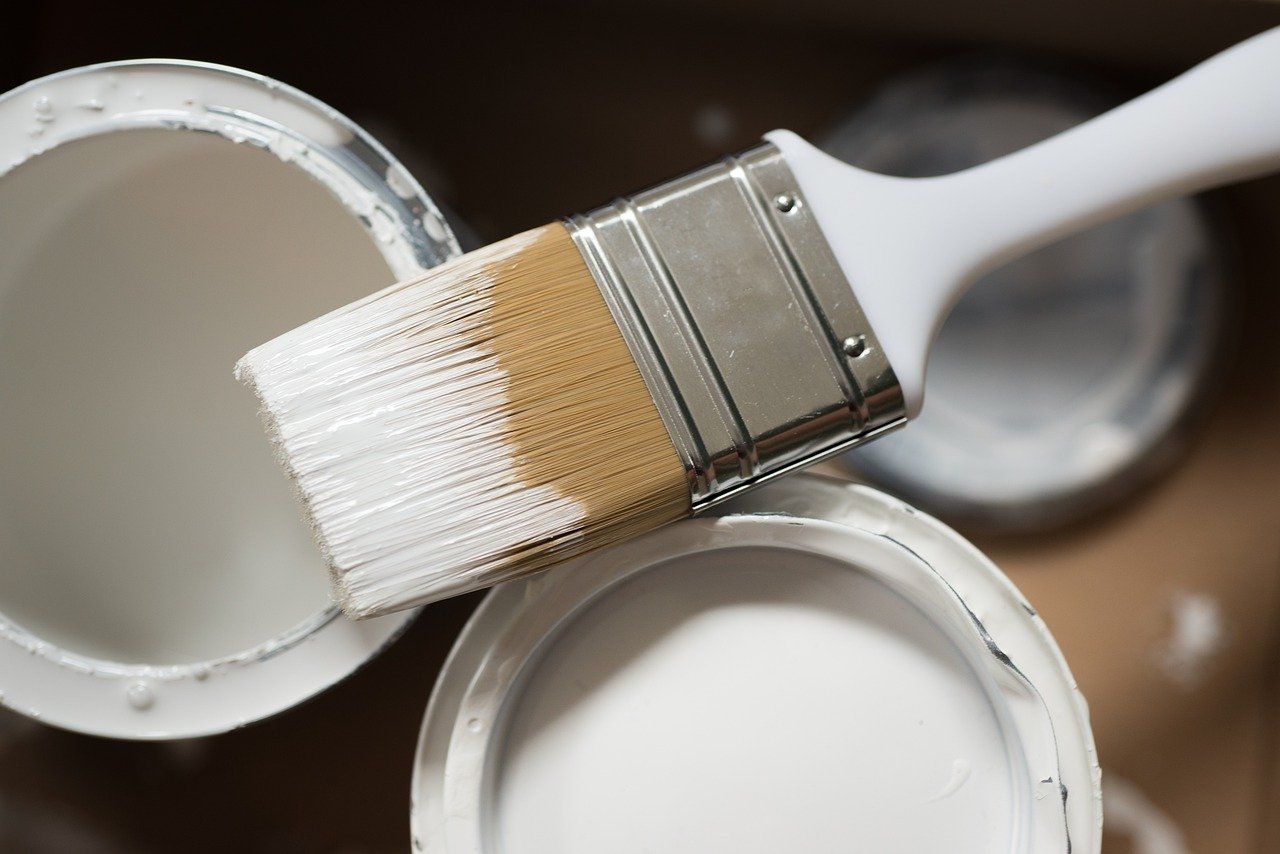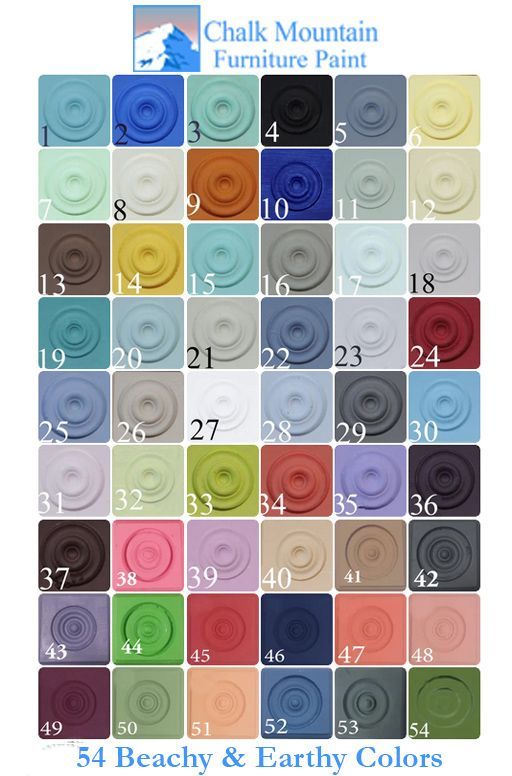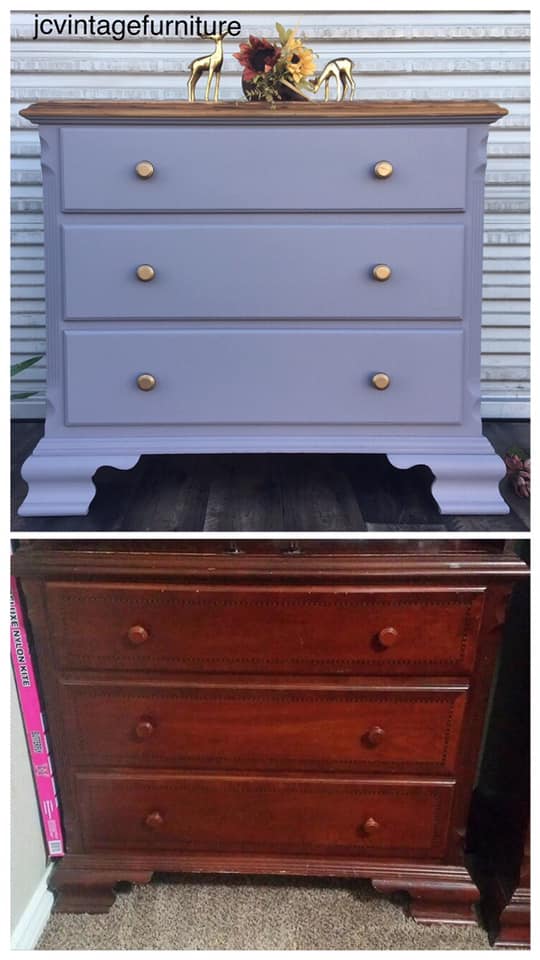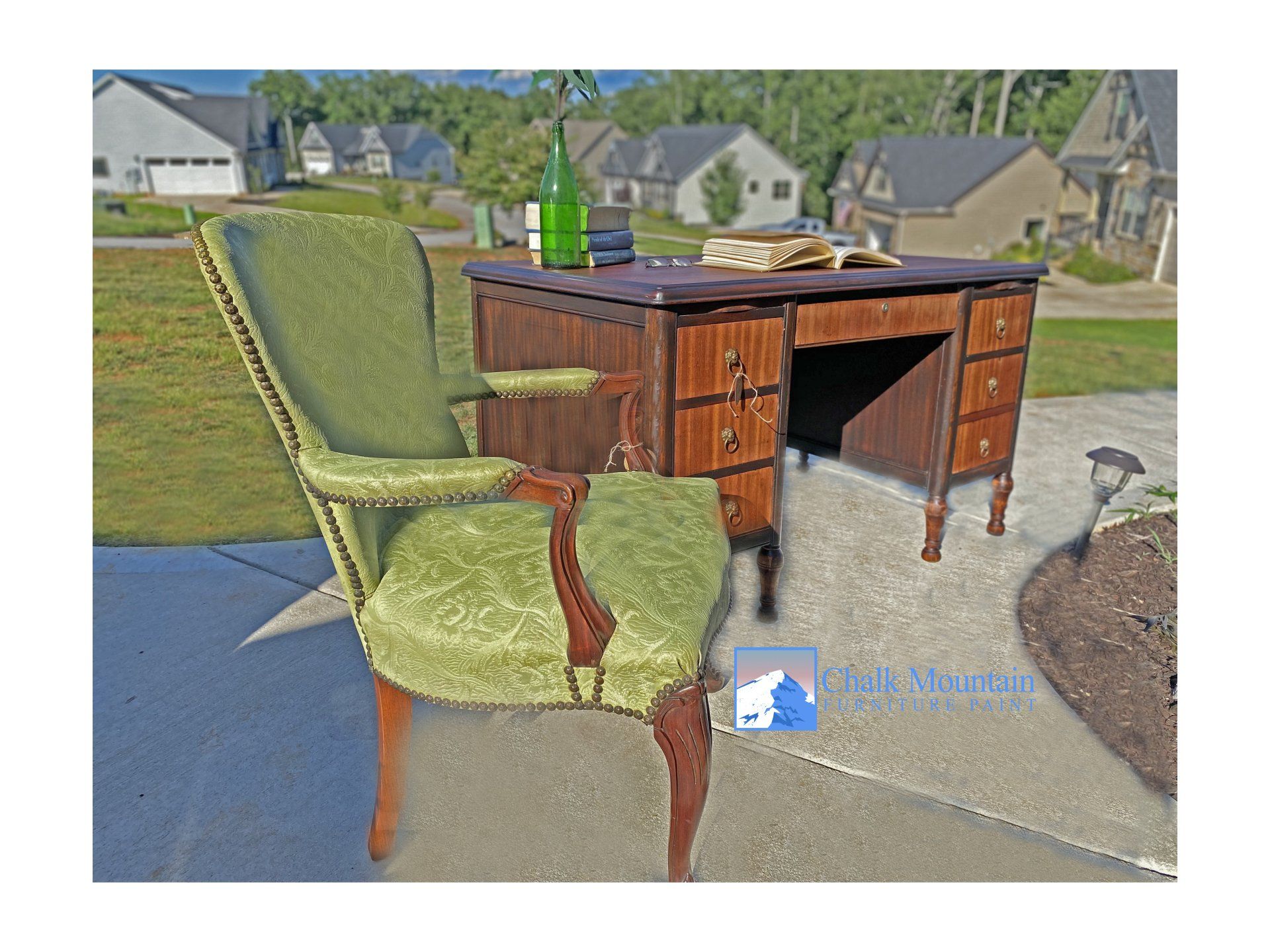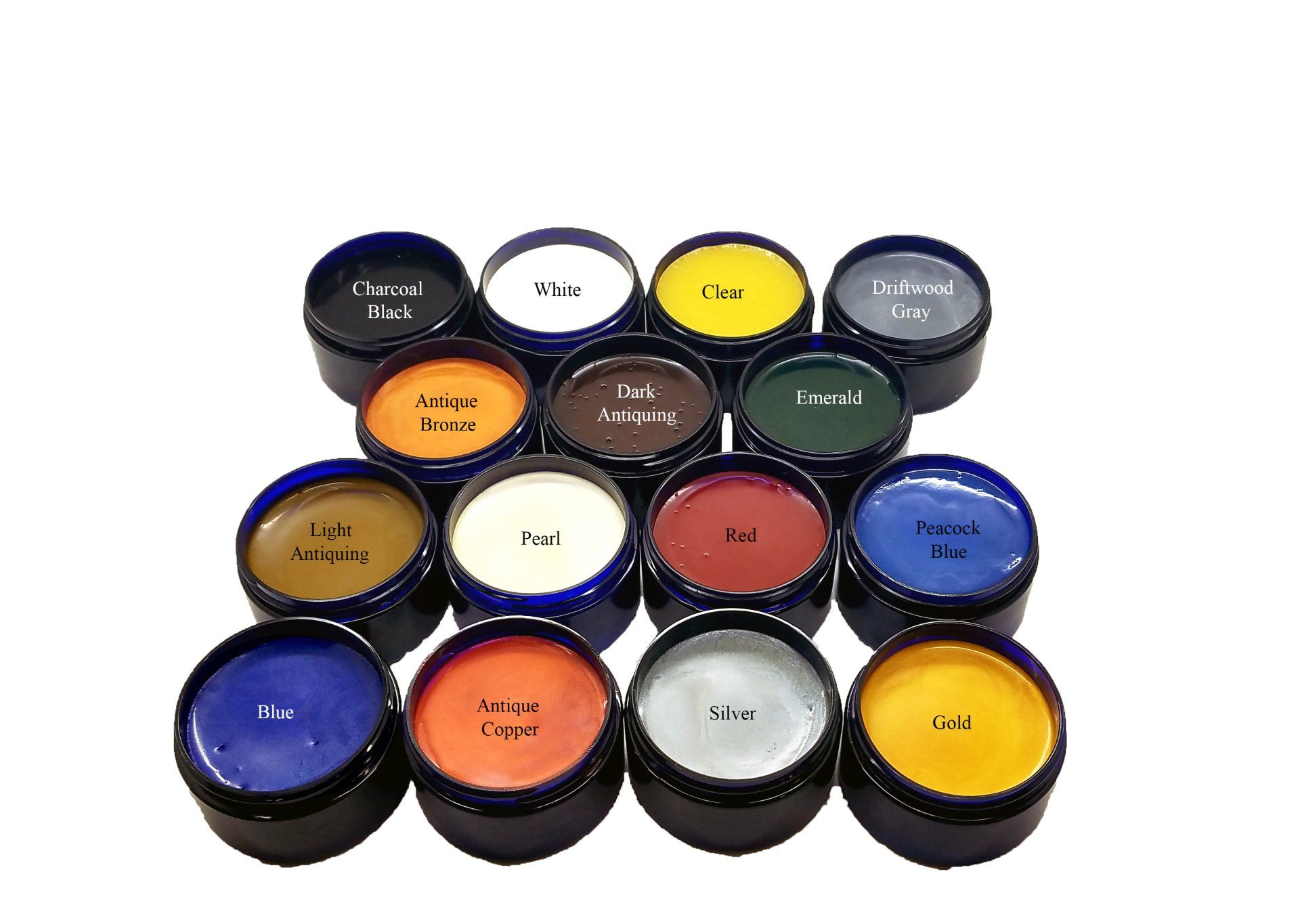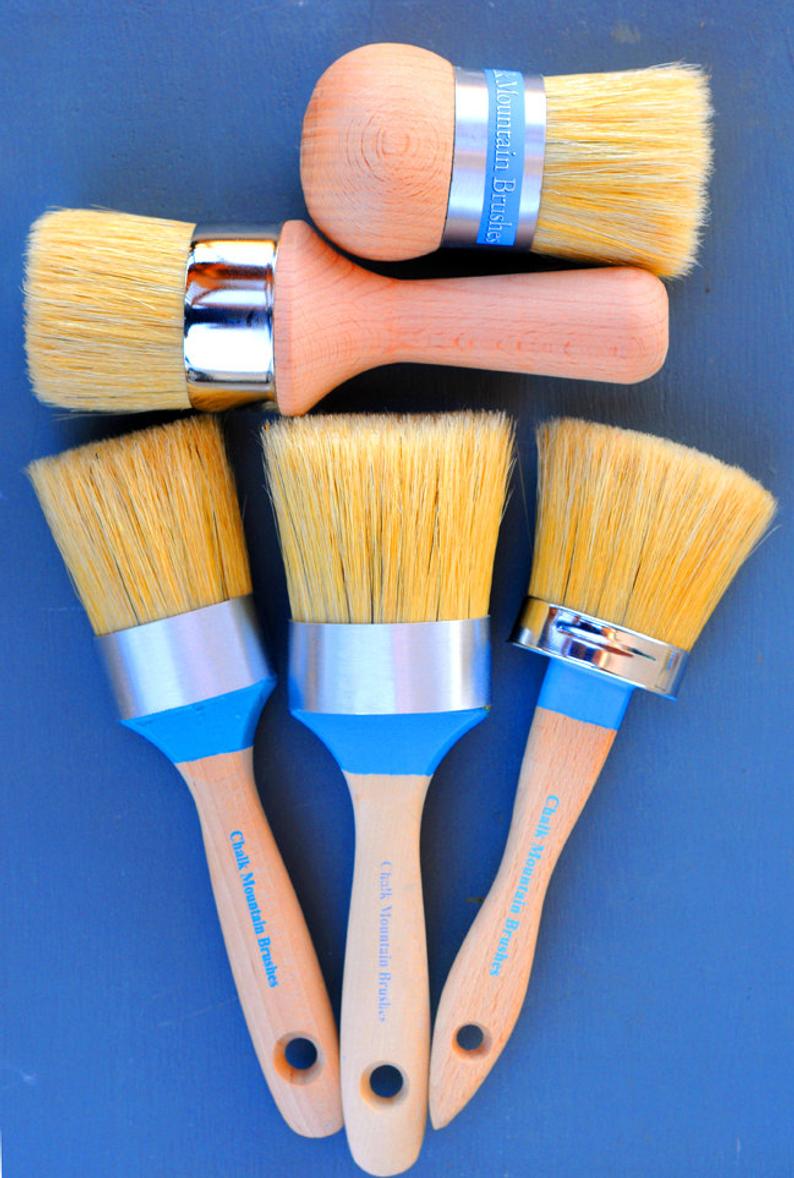Chalk Furniture Paint History
The History behind Chalk Furniture Paint
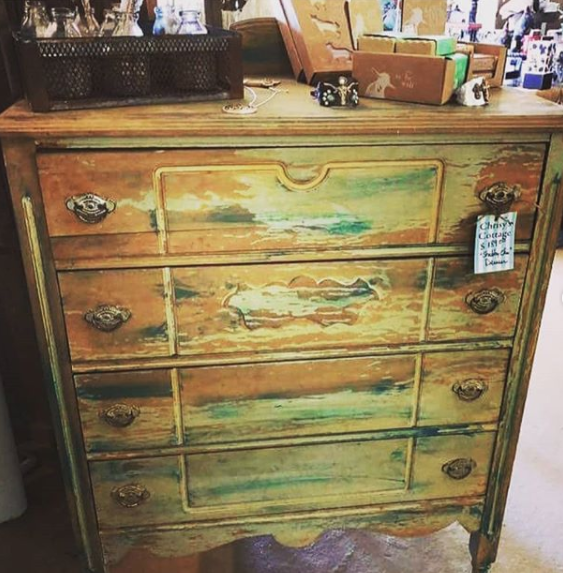
Chalk furniture paint is a type of paint that has been gaining popularity in recent years. It is a versatile paint that can be used on a variety of surfaces, including furniture, walls, and even floors. Chalk paint is known for its matte finish, its ability to hide imperfections, and its ability to be easily distressed.
The origins of chalk paint are somewhat murky. Some sources claim that it originated in France in the 19th century, while others claim that it originated in England in the early 20th century. However, there is no doubt that chalk paint has been around for centuries.
The earliest known use of chalk paint was in the Middle Ages. Chalk was used as a pigment in paints, and it was also used to make a type of whitewash. This whitewash was used to coat walls and furniture, and it gave a matte finish.
In the 19th century, chalk paint became more popular in France. It was used to paint furniture in a style known as "chalk paint chic." This style featured furniture that was painted in a light, airy color and then distressed to give it a vintage look.
Chalk paint continued to be popular in France in the early 20th century. It was used by artists and designers to create a variety of decorative effects. However, chalk paint fell out of favor in the mid-20th century.
Chalk paint made a comeback in the 1990s. This was due in part to the popularity of the shabby chic style. Shabby chic furniture is characterized by its distressed look, and chalk paint is a perfect way to achieve this look.
In the early 2000s, chalk paint became popular in the United States. It was marketed as a "no-prep" paint that could be used to transform furniture without any sanding or priming. This made chalk paint a popular choice for DIYers.
Chalk paint is still popular today. It is a versatile paint that can be used to create a variety of looks. Chalk paint is also a relatively inexpensive paint, which makes it a popular choice for budget-minded homeowners.
The Ingredients of Chalk Paint
Chalk paint is made from a variety of ingredients, including chalk, pigment, and binder. The chalk gives the paint its matte finish, while the pigment gives it its color. The binder is what holds the paint together.
The type of chalk used in chalk paint can vary. Some chalk paints use calcium carbonate, while others use plaster of Paris. The type of pigment used in chalk paint can also vary. Some chalk paints use natural pigments, while others use synthetic pigments.
The binder used in chalk paint is typically acrylic. Acrylic is a water-based binder that is non-toxic and easy to use.
The Benefits of Chalk Paint
There are many benefits to using chalk paint:
- Easy to use
- Non-toxic
- Inexpensive
- Versatile
- Durable
Chalk paint is easy to use because it does not require any sanding or priming. This makes it a great choice for DIYers. Chalk paint is also non-toxic, which makes it safe to use around children and pets.
Chalk paint is inexpensive, which makes it a great value for the money. Chalk paint is also very versatile. It can be used to paint a variety of surfaces, including furniture, walls, and even floors. Chalk paint is also durable. It can withstand wear and tear, and it can be easily cleaned.
Conclusion
Chalk paint is a versatile and durable paint that can be used to create a variety of looks. Chalk paint is easy to use, non-toxic, and inexpensive. If you are looking for a paint that is easy to use and versatile, chalk paint is a great option.
